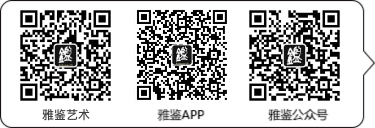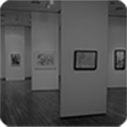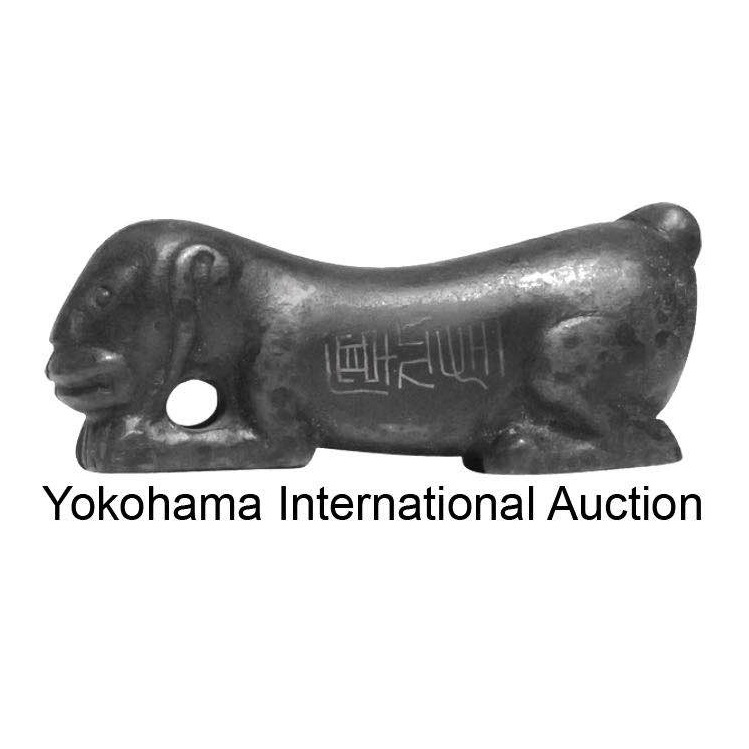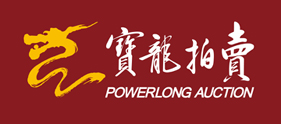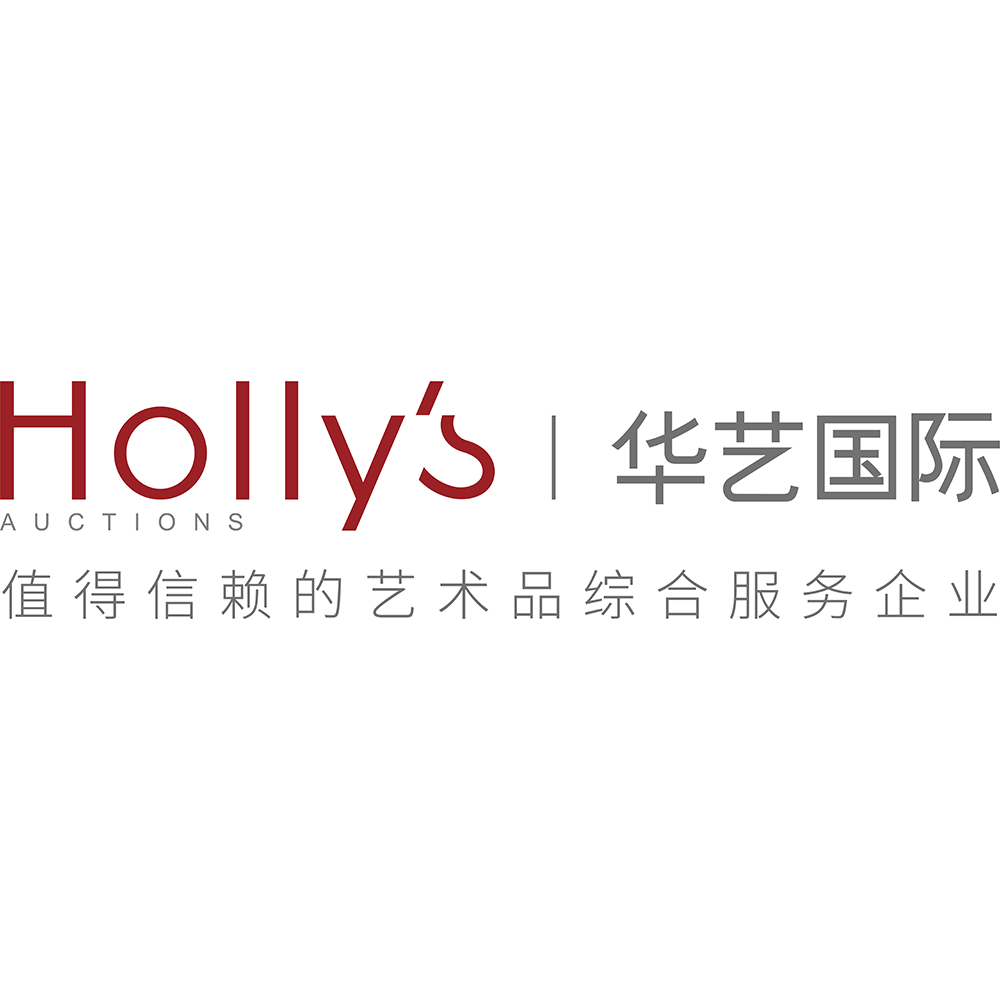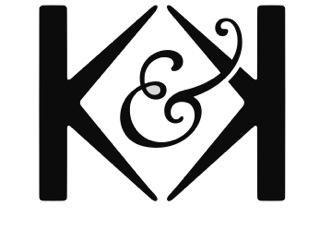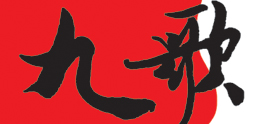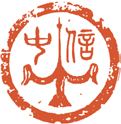| 作品描述 |
清雍正 雍正年制款 透明藍料描金鴛鴦荷花獅紋合碗
The bowl featuring a gently concave belly, rests on a high ring foot and fl...
清雍正 雍正年制款 透明藍料描金鴛鴦荷花獅紋合碗
The bowl featuring a gently concave belly, rests on a high ring foot and flares outward to form an everted mouth rim. Its fitted cover is topped with a spherical knob finial. Both the bowl and cover are wheel-engraved with phoenixes, birds, Buddhist lions, and scrolling vines, all highlighted in gold. Below the mouth rim, a four-character Yongzheng reign mark is engraved in a straight line. Yongzheng mark and of the period, 18th century, Qing Dynasty period.
Height: 6 in (15.2 cm) Width: 7 1/8 in (18.1 cm)
Provenance: 1. Prominent Private Family Collection from Southern California. 2. Charlotte Horstmann and Gerald Godfrey, Hong Kong, prior to 1995.
The He Wan (covered bowl) was likely used as a vessel on altars to hold offerings. Its distinctive shape, meticulous craftsmanship, and vibrant blue glass unmistakably identify it as an imperial court production, possibly created to commemorate Emperor Yongzheng's Wanshou Jie (birthday). The horizontal reign mark engraved beneath the rim is a hallmark of Yongzheng-era imperial artifacts, frequently seen on court-made jade, ceramics, and lacquerware, representing the standardized design of mid-Qing dynasty craftsmanship.
Fewer than three examples of this type of glassware are known to exist, with complete pieces featuring their original lids being extraordinarily rare. A notable comparable piece is part of the collection of Hong Kong collector K.F. Lee—a transparent blue glass covered bowl recognized as one of the most prized pieces in his collection. This piece is prominently featured on the cover and page 256 of the book Elegance and Radiance: Chinese Glassware from the Qing Dynasty – The K.F. Lee Collection (Art Museum, The Chinese University of Hong Kong, 2000). The shape of this bowl first appeared in ceramics during the Xuande period of the Ming dynasty and became increasingly popular during the Yongzheng reign, particularly in doucai and blue-and-white wares. A similar ceramic example can be found in the collection of the National Palace Museum in Taipei.
合碗應作為祭壇上盛載供品的器皿,其造型獨特,刻工精美,藍玻璃色澤瑰麗,無疑為宮廷製品,極有可能是為慶祝雍正皇帝萬壽節(生日)而製作。此外,橫行年款刻於口沿下,這一特徵出現在雍正時期的宮廷玉器、陶瓷及漆器中,是清中期宮廷器物的標準制式。此類型的玻璃器存世量不足三件,且完整連蓋者尤為罕見。類似器物可參考香港李景勳收藏的透明藍料蓋碗,該器為其眾多收藏中最珍貴的玻璃器之一,並收錄於《虹影瑤輝——李景勳藏清代料器》一書封面及第256頁(香港中文出版社,2000年)。此外,此類碗形在瓷器中自明代宣德已經出現,至雍正時期尤為普遍,多見於鬥彩與青花等器型,一般稱之為“合碗”。類似器型可參考臺北故宮博物院收藏的明宣德青花合碗。
|
|---|
 全球艺术品拍卖文献搜索鉴定平台
全球艺术品拍卖文献搜索鉴定平台


